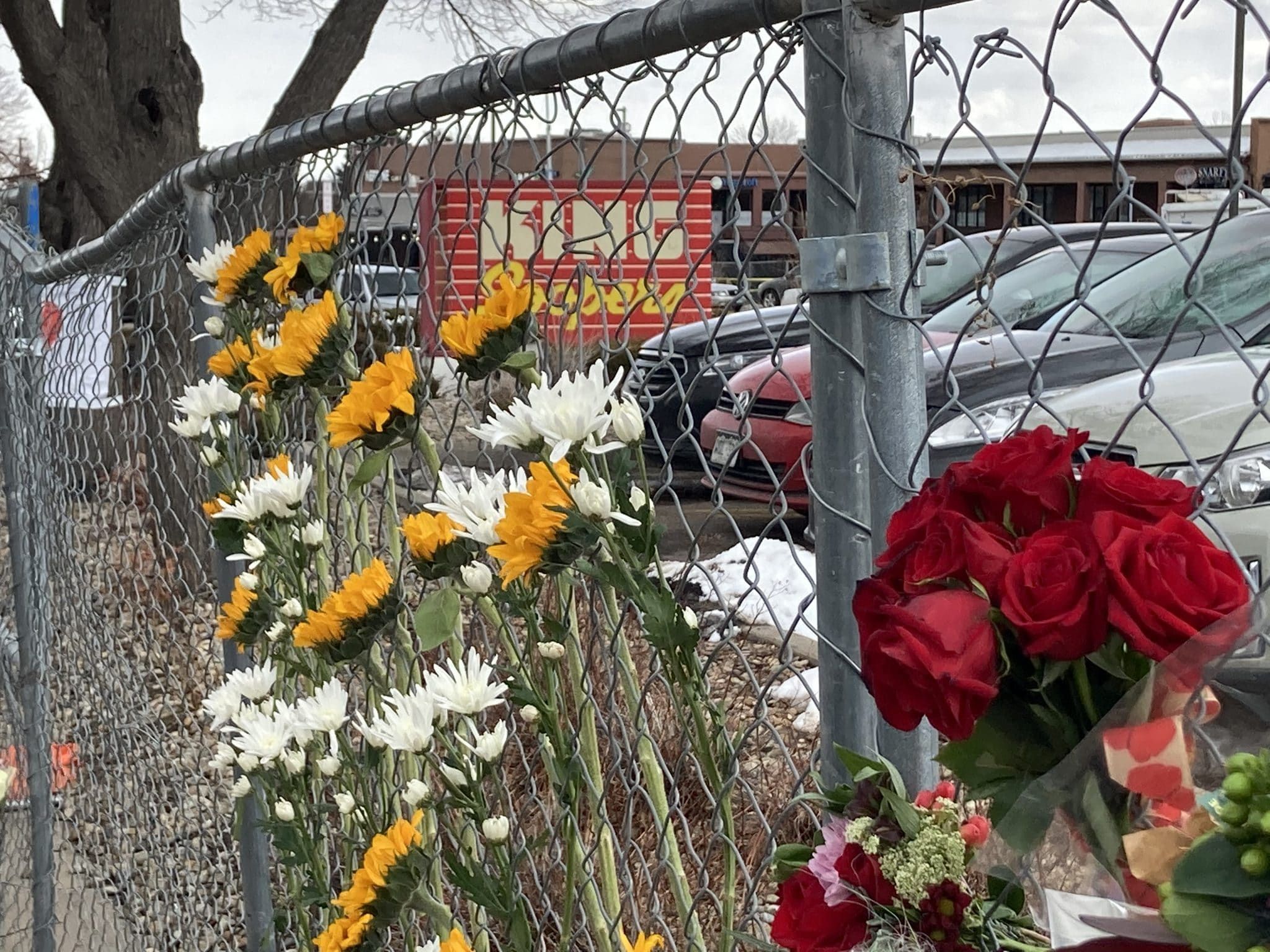Stakeholder process to clarify asbestos regulation
Asbestos regulation involves one of the most far-reaching environmental regulatory programs. Colorado’s program establishes requirements for owners of all types of buildings from commercial space, to apartment complexes, to (once again) single-family residences. Moreover, disturbing an area as small as a sheet of drywall can trigger these obligations.
Two basic asbestos characteristics account for this extensive regulatory reach: 1) It was used for years in a wide variety of building materials; and 2) Its connection to serious adverse health effects is well established. These characteristics create a rather unique regulatory challenge since the program must protect against proven health hazards while accounting for the fact that asbestos’ ubiquitous presence often requires regulating individuals and entities not typically subject to complex regulatory programs. This is not an easy needle to thread, and the current regulation leaves considerable room for improvement.
Recognizing this, the Colorado Air Pollution Control Division (which implements the program) recently initiated a stakeholder process to help clarify requirements that have caused confusion for years. This confusion has prompted some to remain willfully uninformed about asbestos regulation for fear that once they know how the program works, they will be obligated to comply.
SPONSORED CONTENT
Such a “compliance strategy” is of course misguided since the obligation to comply does not depend on one’s knowledge of program requirements, and noncompliance can trigger civil (and even criminal) enforcement, including significant fines. Moreover, back-end cleanup for projects that do not follow proper protocol can be particularly expensive, and can implicate personal injury lawsuits for asbestos exposure.
The current regulation is a bit of a mare’s nest, in part because substantive requirements are tied to definitions that are difficult to follow, and in some cases, seemingly contradictory. The stakeholder process is intended to address this, among other issues.
The road to regulatory clarity took an unexpected turn, however, when the Colorado Court of Appeals interpreted one of these definitions in a decision issued Aug. 1, 2019, and concluded that the asbestos program does not apply to single-family residential dwellings (SFRDs). The division, which was not a party in the underlying lawsuit (and not even aware of it until Aug. 15), has applied asbestos program requirements to SFRDs since 2001.
In response to the court’s ruling, the division paused the stakeholder process and held an emergency rulemaking on Oct. 16 to amend the offending definition and clarify the division’s authority to regulate SFRDs. Since an emergency rule can only remain effective for 120 days, the division also plans a rulemaking hearing in January 2020 to make the emergency changes permanent.
The January 2020 rulemaking, along with the stakeholder process to address broader program issues, present an opportunity for affected parties to help improve the clarity and administration of this far reaching regulatory program. The program can impose substantial costs on owners who plan to renovate or demolish buildings with asbestos containing components. Such structures are common throughout the country, and the Northern Front Range is no exception.
Businesses involved with asbestos program compliance, such as consultants, certified inspectors, and abatement contractors, will participate in the rulemaking and stakeholder processes to ensure broad coverage and tight requirements. Owners of older buildings, and entities contemplating the purchase of such properties, should at least monitor the rulemaking and stakeholder processes, and possibly also provide input (either directly or through a business association or other group) to ensure consideration of their concerns.
Notably, the regulation contains no construction cutoff date to automatically exempt buildings from program obligations, though those constructed after Oct. 12, 1988, may qualify for a conditional exemption. The state recommends, however, that any building be inspected prior to renovation or demolition, regardless of its construction date. Moreover, local building permit application forms for renovation or demolition projects contain an owner disclosure statement regarding asbestos.
The division now anticipates the final rulemaking hearing for the matters addressed by the broader stakeholder process to occur in the fall of 2020. Further information on all the foregoing issues is available on the division’s website at https://www.colorado.gov/pacific/cdphe/colorado-regulation-no-8-part-b-asbestos-rule-revision.
John Kolanz is a partner with Otis & Bedingfield LLC in Loveland. He focuses on environmental and natural resource law, including regulatory development, and can be reached at 970-663-7300 or JKolanz@nocoattorneys.com.
Asbestos regulation involves one of the most far-reaching environmental regulatory programs. Colorado’s program establishes requirements for owners of all types of buildings from commercial space, to apartment complexes, to (once again) single-family residences. Moreover, disturbing an area as small as a sheet of drywall can trigger these obligations.
Two basic asbestos characteristics account for this extensive regulatory reach: 1) It was used for years in a wide variety of building materials; and 2) Its connection to serious adverse health effects is well established. These characteristics create a rather unique regulatory challenge since the…
THIS ARTICLE IS FOR SUBSCRIBERS ONLY
Continue reading for less than $3 per week!
Get a month of award-winning local business news, trends and insights
Access award-winning content today!




